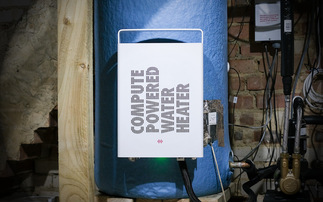ICP Europe explores how to take the European energy efficiency sector to the next level
Across Europe and beyond, billions of Euro of public finance are being committed to energy efficiency. According to the International Energy Agency, private investors and lenders are also 'increasingly...
To continue reading this article...
Join BusinessGreen
In just a few clicks you can start your free BusinessGreen Lite membership for 12 months, providing you access to:
- Three complimentary articles per month covering the latest real-time news, analysis, and opinion from Europe’s leading source of information on the Green economy and business
- Receive important and breaking news stories via our daily news alert
- Our weekly newsletter with the best of the week’s green business news and analysis







